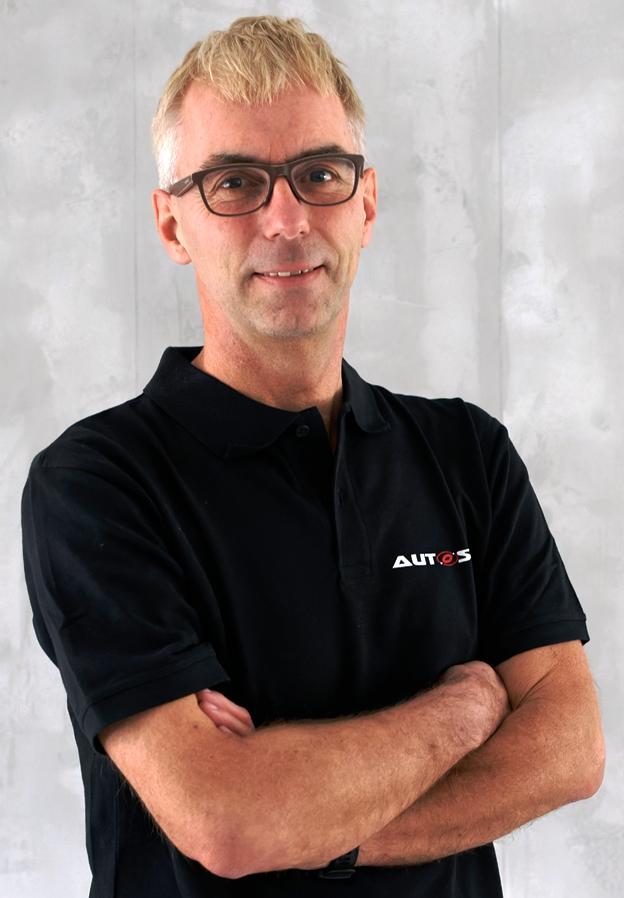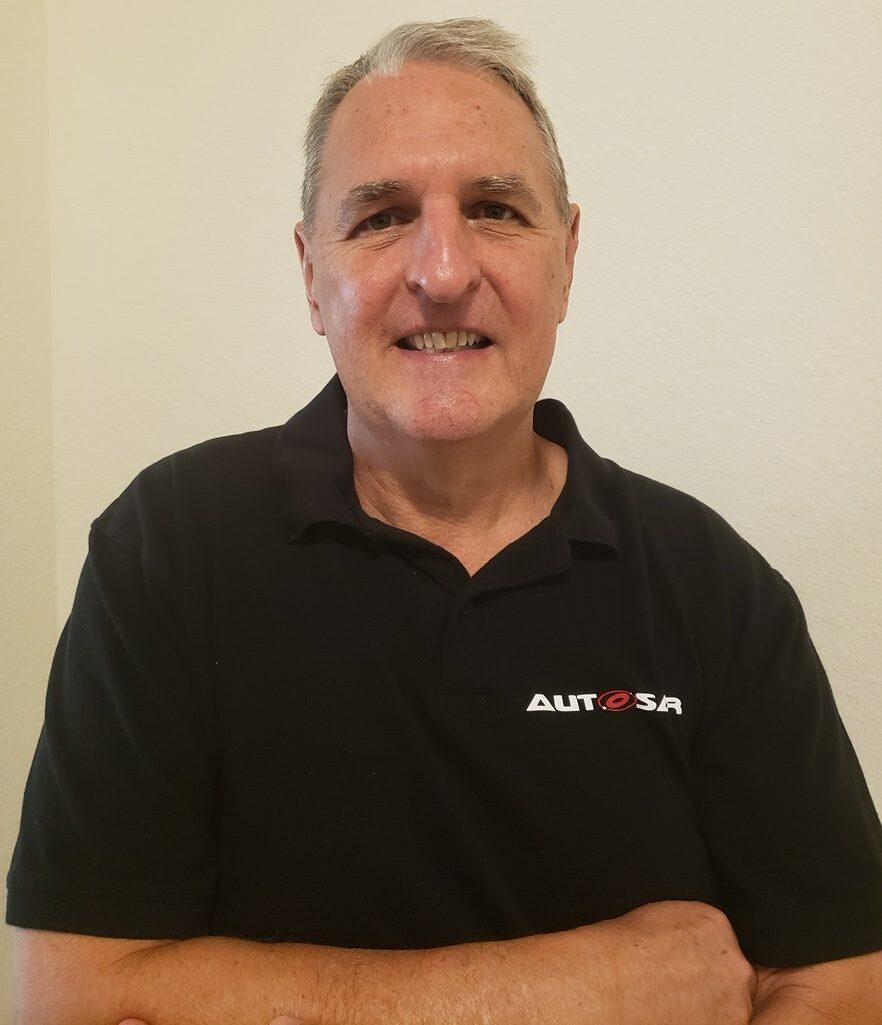
The automotive industry is undergoing a major transformation towards the software-defined vehicle (SDV), in which cloud and interface technologies play an important role.
Given the variety of technologies and topics required to realize the software-defined vehicle, several collaborating organizations are positioning themselves to contribute to the software-defined vehicle, and these contributions must be coordinated.
AUTOSAR (AUTomotive Open System ARchitecture) is a global partnership of leading companies in the automotive and software industry to develop and establish the standardized technical framework enabling scalable E/E system architectures for intelligent mobility.
Since 2003, it has been working on the development and introduction of several open, standardized software platforms including the joining methodology for the automotive industry.
By simplifying replacement and update for software and hardware, the AUTOSAR approach forms the foundation for reliably controlling the growing complexity of electronic and software systems in todays and future vehicles.
As AUTOSAR is open to new features in the automotive area it will continuously adapt the standards. In addition, AUTOSAR improves cost efficiency and quality by enabling its partners to cooperate in a competitive way but on the same solution.
The “Core Partners” of AUTOSAR are the BMW Group, Bosch, Continental, Mercedes, Ford, General Motors, Stellantis, Toyota and the Volkswagen Group. The approximately 354 AUTOSAR partners plays can use the standards free of charge.
The main benefit of the SDV is the possibility to add functions through software over lifetime, which enables new business models.
The objective is also to enable the re-use of software across brands and car lines as well as establish cloud technologies in the Edge.
This requires the SDV to fulfill some key characteristics: An open architecture for the continuum of vehicle, cloud, IoT and mobiles is necessary, as well as separation of hardware and software on standardized interfaces.
To enable a seamless development also the establishment of an easy-to-use development toolchain that allows for state-of-the-art application of DevOps is necessary. As these characteristics are d

emanding technologies spanning several technologies and industries, collaboration between companies and organizations will be key.
Automotive Industries (AI) asked Thomas Rüping, Project Director at AUTOSAR and AUTOSAR chairperson to tell us more about how the partnership works in practice.
Rüping: In AUTOSAR we have nine core partners. One representative from each core partner is in the steering committee which decides by unanimity. The Chairperson is the speaker of the steering committee and serves as the formal interface outside of AUTOSAR.
Together with the deputy chairperson, the chairperson has authority to sign contracts for new partners or subcontracting. Then there are, of course, many operational activities to run the AUTOSAR organization together with the chairperson team.
Important for 2023 and the main topic for me is to decide, together with the other core partners, the strategic development of AUTOSAR in the context of software defined vehicle and with other organizations.
The goal for AUTOSAR is to play the key role whenever it comes to on-board software in the SDV context for which safety, security, homologation, certification, etc. are relevant. To achieve this AUTOSAR needs to clarify where AUTOSAR should extend the scope of standardization, where AUTOSAR needs to be more open, where AUTOSAR needs to collaborate with other organizations and where maybe “code first” approaches are sufficient.
AI then asked Steve Crumb, Regional Spokesperson for North America, how he is facilitating the expansion of the AUTOSAR partnership into North America.
Crumb: Simply put, the AUTOSAR NA Hub aspires to bring the best of AUTOSAR to North America while bringing the best of North America to AUTOSAR. We have a significant partner presence with a number of NA-based organizations active in AUTOSAR. My role as Regional Spokesperson involves:
- Giving more attention to and develop more activities for existing NA partners
-

Steve Crumb, AUTOSAR Regional Spokesperson for North America. Broadening and deepening NA partner engagement in and adoption of AUTOSAR standards
- Reaching out and engage new prospective partners
- Supporting and facilitating events (User Groups, Open Conferences, AUTOSAR Days)
- Facilitating education/training and third-party project initiatives in the region
AI: What is the significance of the North American hub?
Crumb: AUTOSAR has consistently delivered industry-leading standards for many years and the evidence is seen in the significant adoption in cars on the road today.
Much of that work, however, was done centrally from a strong “hub” in Europe. As the partner base grew in North America, China, Japan and even India, AUTOSAR wisely implemented the hub strategy to engage more directly with organizations based outside of Europe.
Because adoption of AUTOSAR standards is strong in North America and because of the increasing breadth of requirements for future standards in areas like cloud connectivity and vehicle data, the NA regional hub serves as an informational bridge to the distributed and growing base of partners.
Regarding new hubs, we are learning much from the relatively recent roll-out of the hub strategy, which is informing and refining our strategy for current and potentially new hubs in the future.
AI: Please tell us more about the 14th AOC, which is being held in San Diego.
Crumb: We are excited to have the AUTOSAR Open Conference (AOC) in the region on 11-12 May.
And we are even more excited to finally be back together physically after the long period of virtual conferences due to Covid. The AOC is a great opportunity to mix AUTOSAR experts, leaders from other technical consortia like COVESA, ASAM, Eclipse and SOAFEE, and other individuals interested in the AUTOSAR standards.
The programs presented are always informative and innovative, representing a variety of global OEMs, suppliers and services companies. With the 20th anniversary of AUTOSAR, this year will be a special event celebrating the past and future of the organization. Of course, this event is open to anyone, and registration can be found at autosar.org. I couldn’t be happier to have it held in our region this year.
AI: What are they key feature in the AUTOSAR Release R22-11?
Rüping: For both Standards, Adaptive and Classic we have important features like Firewall and MACsec.
Looking to the AUTOSAR Classic Platform we have finalized e.g. the CAN XL and DDS. For the AUTOSAR Adaptive Platform there is mainly the Service Oriented Vehicle Diagnostic.
AI: AUTOSAR has established hubs in China, Japan and North America. What is their role?
Rüping: AUTOSAR is a global organization with more than 350 partners all over the world. To involve all partners in the regions as much as possible into the development of the AUTOSAR and to promote AUTOSAR we established some time ago the hubs with the regional spokespersons.
Of course, this helps also when we are planning AUTOSAR events such as the AUTOSAR Open Conference in San Diego or the AUTOSAR Day in China.
Currently, there are no plans for additional regional hubs.
AI: AUTOSAR is celebrating its 20th Anniversary. What are the plans this year to celebrate?
Rüping: The biggest event we have planned is our AUTOSAR Open Conference in San Diego. In addition, we will publish a 20th Anniversary Brochure with many interesting articles about AUTOSAR and from AUTOSAR Partners.
AI: AUTOSAR has announced an Opening Strategy in 2022. What is planned to be implemented with respect to the Opening Strategy?
Rüping: The main reason is to support the acceptance of AUTOSAR and to continue the success story of AUTOSAR also in the new software defined vehicle world.
One aspect is to enable non-partners to develop and sell applications for AUTOSAR systems. As it is not possible according to our AUTOSAR contract to grant this right to non-partners, we have recently decided to implement a very lean partnership with limited right but for free.
We are currently discussing further use cases we want to support by opening parts of AUTOSAR Classic and AUTOSAR Adaptive.
Furthermore, we have decided that AUTOSAR will be able to start also complete open projects, open also for non-partners, where we need this to support the purpose of AUTOSAR.
One first project might be Vehicle API where we started to collaborate with COVESA Connected Vehicle Systems Alliance).
AI: We understood that AUTOSARs’ goal of the Opening strategy is to enable an SDV with AUTOSAR. What other aspects would you see to contribute to an Automotive SDV?
Rüping: The main aspect from my point of view would be the orchestration of all the more or less independent activities around SDV.
We need to come to aligned view on the activities in all this organizations so that we work together on software defined vehicle solutions with building blocks fitting together and without wasting capacity for doing things in parallel or reinventing things.
Also we need a clear view where “code first” approaches will be the best for SDV and where we should have professional development based on specifications.
We are happy to be celebrating our 20th Anniversary with all our partners and looking forward to keep growing for another 20 years!













More Stories
Some Ways How Motorists End Up in Collisions at U-Turns
Maximise Margins with Proven PPF Tactics
Finding the Car Boot Release Button – Tips and Tricks